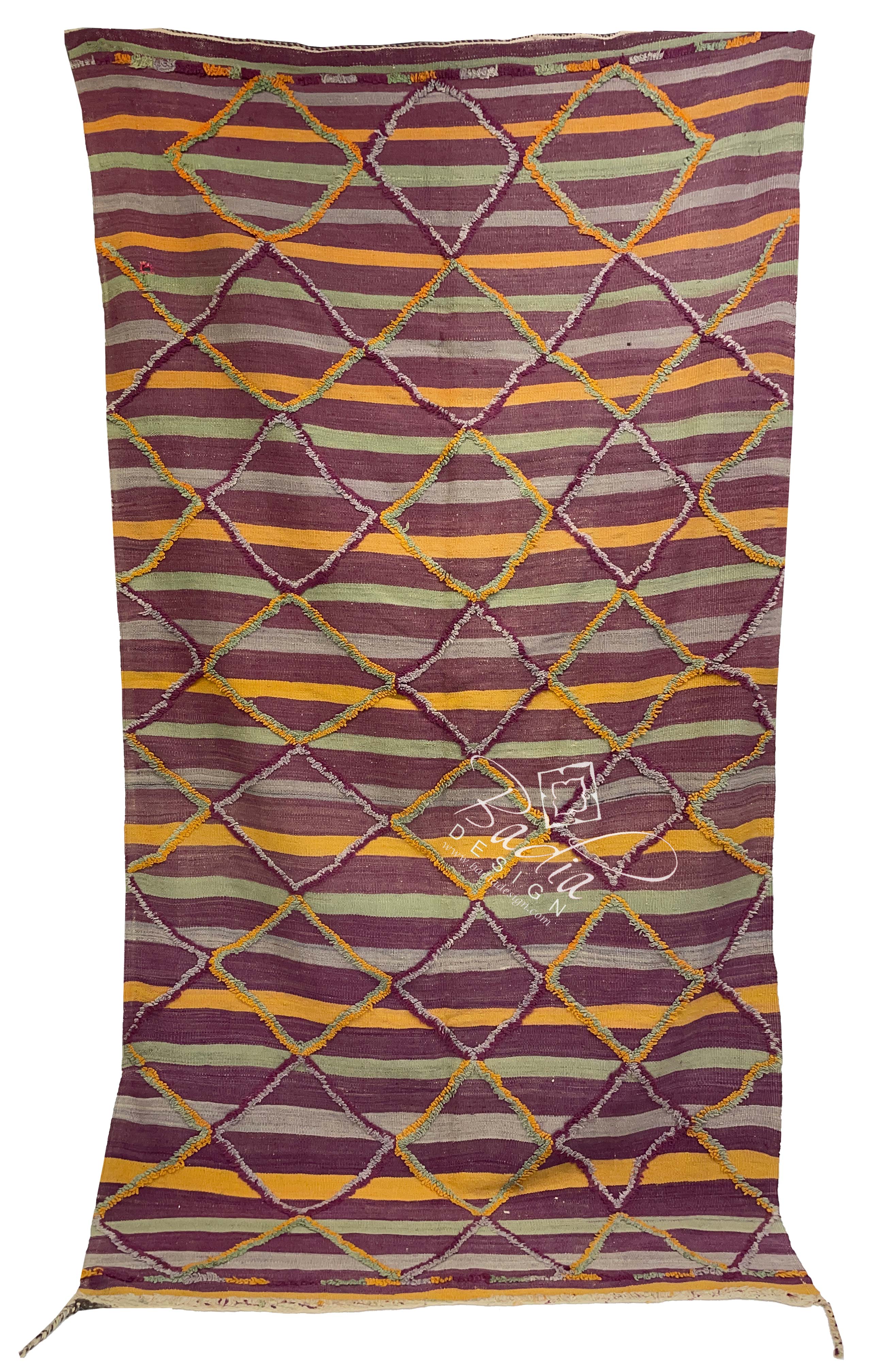Handmade Moroccan Berber Rugs
Moroccan Berber Rugs: A Fusion of History, Artistry, and Timeless Elegance
These rugs have enchanted people across the globe with their historical significance, intricate craftsmanship, and timeless design. Whether you are furnishing a comfortable living room, a get more info chic office space, or a luxurious hotel, these rugs serve as more than just functional items—they are pieces of art with a story to tell. In this article, we’ll explore the rich origins of Moroccan Berber rugs, the meticulous craftsmanship behind their creation, their exceptional longevity, and creative ways to incorporate them into today’s interiors.
These rugs originated with the ancient tribal artisans of North Africa, dating back thousands of years. These indigenous groups, with their rich cultural heritage, crafted unique weaving methods as a practical response of their nomadic lifestyles and diverse climates.
The symbols and motifs in these rugs narrate stories that are unique to the tribe or family of origin. These symbols frequently represent protection, fertility, or the natural environment, making each rug a highly meaningful creation. Historically, these rugs were made for practical use, offering warmth in the cold Atlas Mountains or serving as bedding in arid environments.
In the mid-20th century, Moroccan Berber rugs gained global popularity when prominent designers like Le Corbusier and Frank Lloyd Wright featured them in their iconic designs. Today, their enduring charm and deep heritage make them a favorite choice for interior designers and art enthusiasts worldwide.
The production of Moroccan Berber rugs is an intricate process handed down through generations. It represents a perfect blend of cultural heritage and meticulous technique.
Berber rugs are typically crafted from eco-friendly fibers such as pure wool, camel hair, or even cotton. Wool stands out for being both durable and cozy, as well as for its natural warmth. The wool is usually spun by hand, resulting in a one-of-a-kind finish.
Berber rugs are handwoven on classic frames, a process that can take extensive time depending on the intricacy and dimensions of the design. The knotting style, from Beni Ourain’s casual elegance to Azilal’s tighter weaves, impacts both durability and design.
Natural dyes derived from organic sources are used to create the vibrant colors found in many Berber rugs. Earthy tones such as beige, cream, and brown are common in Beni Ourain rugs, while Azilal and Boucherouite rugs showcase bolder colors like reds, blues, and yellows.
The longevity of these rugs is one of their standout qualities. As a result, they’re an excellent fit for living spaces and work environments.
Berber rugs owe their longevity to the high-grade nature of their natural fibers. Wool’s elasticity and stain resistance contribute to their durability.
Cleaning and maintaining a Moroccan Berber rug is relatively simple. Routine vacuuming and periodic professional care can preserve their beauty for decades.
Styling Moroccan Berber Rugs in Contemporary Interiors
Incorporating Moroccan Berber rugs into contemporary interiors is easier than you might think. These rugs' adaptability allows them to suit various aesthetics, including minimalist and bohemian styles.
1. Create a Focal Point in the Living Room
Use a large Beni Ourain rug as the centerpiece of your living room. The rug’s muted tones and clean lines bring cohesion to the space and exude coziness.
2. Introduce Vibrancy to Minimalist Rooms
In minimalist or neutral spaces, a colorful Azilal or Boucherouite rug can add a bold, eye-catching accent. They are ideal for subdued settings, acting as the central highlight.
3. Layer Rugs for Texture
For a cozy, eclectic vibe, layer a smaller Berber rug over a larger natural-fiber rug, such as jute or sisal. This combination not only adds depth and texture but also highlights the intricate details of the Berber design.
4. Enhance Workspace Aesthetics
Businesses can use Moroccan Berber rugs to create an inviting and sophisticated ambiance in office spaces, lounges, or reception areas. The artisanal craftsmanship of these rugs radiates authenticity and refinement.
5. Use as Wall Art
Certain Moroccan Berber rugs are so beautiful that they function wonderfully as wall art. Hanging a rug on the wall can add a unique touch to your home or business, showcasing the craftsmanship and cultural heritage of the piece.
Why Moroccan Berber Rugs Are a Wise Investment
For both homeowners and businesses, Moroccan Berber rugs represent a blend of practicality, aesthetics, and cultural significance. Their durability ensures a long lifespan, while their timeless designs can adapt to changing trends and tastes.
Sustainability in Moroccan Berber Rugs
Many Berber rugs are crafted using eco-friendly and sustainable practices. By investing in these rugs, you’re not only enhancing your space but also supporting traditional artisans and their communities.
Why Berber Rugs Gain Value Over Time
Authentic Moroccan Berber rugs often appreciate in value over time, especially vintage or rare pieces. They are both functional decor and collectible assets.
